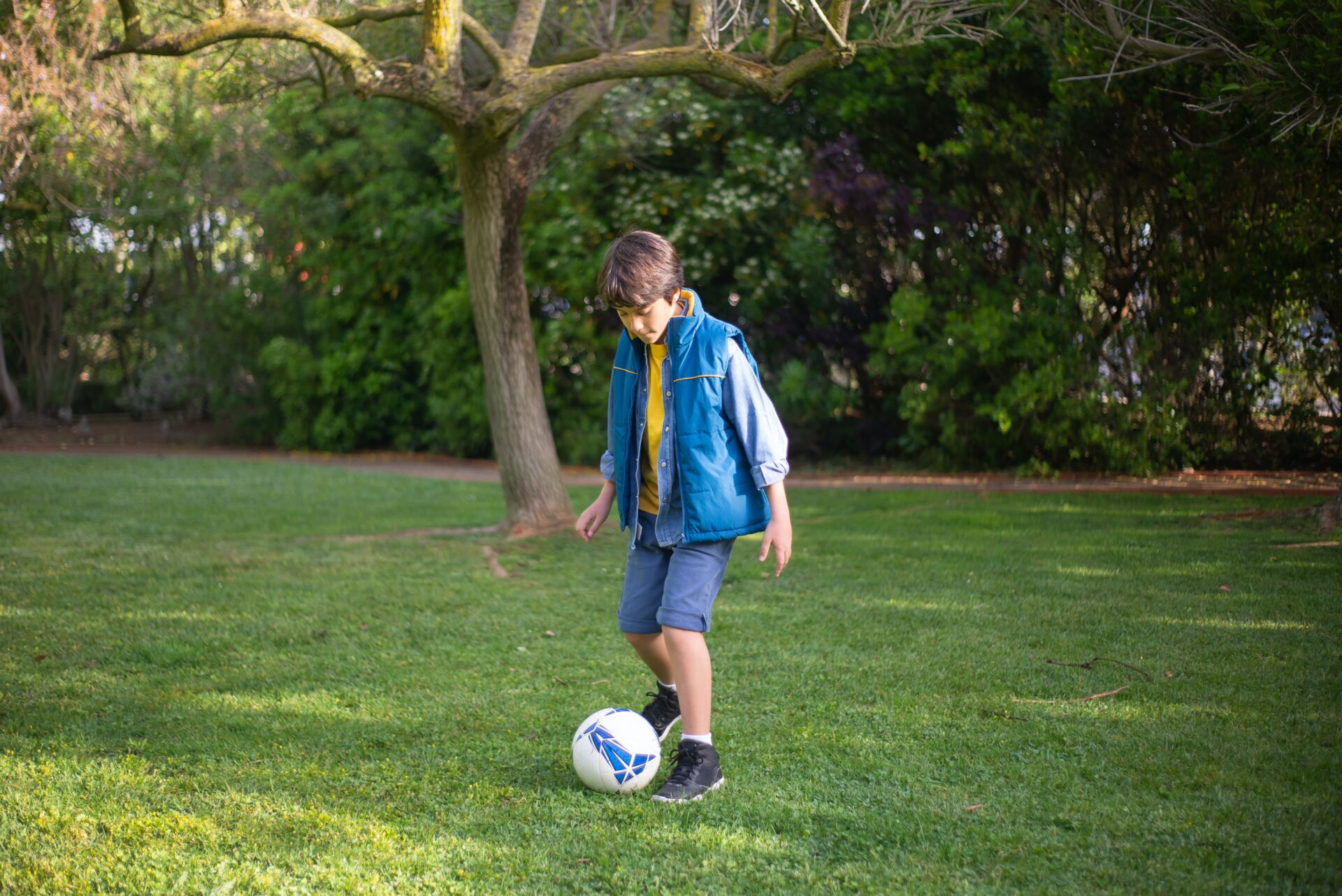Gluing techniques play a crucial role in the manufacturing of balls for various industries. Whether it’s for sports, machinery, or other applications, the bonding of materials is essential to ensure the durability and performance of the final product. In ball manufacturing, gluing techniques are employed to join different materials together, such as rubber, plastic, or metal, creating a strong and reliable bond. This enables the ball to withstand the rigorous demands it will face during its intended use, whether it’s being kicked on a soccer field, bounced on a basketball court, or used in industrial equipment.
One unique feature of gluing techniques in ball manufacturing is the ability to create a bond that is not only strong but also flexible. This ensures that the ball maintains its shape and properties even under extreme conditions, such as high impact or temperature fluctuations. Additionally, gluing techniques offer the advantage of versatility, as they can be used with a wide range of materials, allowing manufacturers to design balls that meet specific requirements and performance standards. For example, a basketball may require a different adhesive and bonding technique compared to a golf ball due to their distinct materials and usage.
Moving forward, let’s delve into the key takeaways of gluing techniques in ball manufacturing. We will explore various types of adhesives used, their specific applications, and the considerations that manufacturers need to take into account when selecting and applying them. Understanding these aspects will provide valuable insights into the intricate process of bonding materials in ball manufacturing, allowing for the creation of high-quality, durable, and reliable balls for different industries and user needs. So, let’s embark on this journey to discover the secrets behind the successful bonding of materials in ball manufacturing.
Key Takeaways
1. Gluing techniques play a crucial role in bonding materials in ball manufacturing, ensuring a strong and reliable final product.
2. Various adhesive options are available for ball bonding, including cyanoacrylate, epoxy, and UV-curable adhesives, each with their own advantages and considerations.
3. Surface preparation is vital for successful bonding, with thorough cleaning and sanding recommended to optimize adhesive effectiveness.
4. Temperature and curing time are important factors to consider when selecting and applying adhesives, as these can impact the bonding strength and durability.
5. Testing the adhesive bond is essential to ensure quality control, with techniques such as shear testing and peel testing commonly used in ball manufacturing to evaluate the strength of the glue.
What Are the Best SEO-Optimized Gluing Techniques for Bonding Materials in Ball Manufacturing?
The Importance of Gluing Techniques in Ball Manufacturing
Gluing techniques play a crucial role in the manufacturing process of balls, ensuring the secure bonding of various materials. Whether it is plastic, rubber, or metal, the quality of the glue and the technique used determine the durability and performance of the final product. This section covers the importance of gluing techniques in ball manufacturing.
Types of Glues Used in Ball Manufacturing
When it comes to bonding materials in ball manufacturing, different types of glues are used depending on the material’s nature and the desired outcome. While some glues are specifically formulated for certain materials, others offer versatile bonding solutions. In this section, we delve into the different types of glues commonly used in ball manufacturing and their characteristics.
Epoxy Adhesives
Epoxy adhesives are widely used in ball manufacturing for their excellent bonding properties and resistance to various environmental factors. These adhesives consist of two components that need to be mixed before application. They provide high-strength bonding suitable for a wide range of materials, including metals, plastics, and composites.
Cyanoacrylate Adhesives
Cyanoacrylate adhesives, commonly known as super glues, are popular for their speed and strength. They bond quickly and create a strong adhesive bond, making them ideal for joining materials like rubber, metal, and certain plastics. However, cyanoacrylate adhesives may not be suitable for all materials due to their potential brittleness.
Acrylic Adhesives
Acrylic adhesives offer a balance between the strength of epoxy adhesives and the quick bonding of cyanoacrylates. They are known for their resistance to impact, temperature, and moisture, making them suitable for ball manufacturing applications that require durability. Acrylic adhesives are compatible with a variety of materials, including plastics, metals, and elastomers.
Factors to Consider when Choosing Gluing Techniques
Choosing the right gluing techniques for bonding materials in ball manufacturing requires careful consideration of various factors. The effectiveness of the technique directly affects the performance and longevity of the final product. This section explores the key factors to consider when selecting gluing techniques:
Material Compatibility
One of the primary factors to consider is the compatibility of the glue with the materials being bonded. Different materials have varying surface properties, and the adhesive must be able to create a strong bond with each material. Compatibility testing and consultation with adhesive manufacturers can help determine the best gluing technique for specific materials.
Strength Requirements
The intended use and load-bearing capacity of the ball dictate the required strength of the bond. In certain applications, such as heavy-duty industrial balls, a high-strength adhesive may be necessary. Understanding the strength requirements ensures the chosen gluing technique can withstand the necessary forces without failure.
Environmental Factors
Environmental factors, including temperature, humidity, and exposure to chemicals, can significantly impact the performance of the adhesive. Some gluing techniques offer enhanced resistance to extreme temperatures, while others may deteriorate under certain conditions. Manufacturers must consider the anticipated environmental conditions during the ball’s lifespan to select the appropriate gluing technique.
Tips for Optimal Gluing Techniques in Ball Manufacturing
- Ensure thorough cleaning and preparation of surfaces before applying the adhesive to achieve better bonding.
- Follow the manufacturer’s instructions and recommended curing time for the glue to fully set and achieve optimal bond strength.
- Consider using mechanical aids, such as clamps or jigs, to hold the materials together during the gluing process, ensuring even pressure distribution.
- Perform regular quality control checks and inspections during the manufacturing process to detect any bonding issues early on.
- Store adhesive products properly, following the manufacturer’s guidelines to maintain their effectiveness, and prevent premature curing or degradation.
- Keep track of the adhesive’s shelf life and avoid using expired products, as they may not provide reliable bonding.
Frequently Asked Questions
1. What is the importance of gluing techniques in ball manufacturing?
Gluing techniques play a crucial role in ball manufacturing as they ensure a strong bond between different materials used in the process. This bond enhances the overall durability and performance of the ball, making it suitable for various sports and industrial applications.
2. What are the commonly used gluing techniques in ball manufacturing?
Some of the commonly used gluing techniques in ball manufacturing include adhesive bonding, heat fusion, mechanical fastening, and solvent-based bonding. Each technique has its unique advantages and is selected based on the materials being bonded, desired strength, and specific manufacturing requirements.
3. Can different materials be effectively bonded using gluing techniques?
Absolutely! Gluing techniques are designed to bond various materials used in ball manufacturing, such as rubber, leather, synthetic fabrics, and metals. However, it is essential to choose the appropriate adhesive or bonding method that is compatible with the specific materials to ensure a reliable and long-lasting bond.
4. Are gluing techniques environmentally friendly in ball manufacturing?
The environmental impact of gluing techniques in ball manufacturing largely depends on the specific adhesive or bonding agent used. Manufacturers are increasingly opting for eco-friendly adhesives that have minimal volatile organic compounds (VOCs) and are free from harmful substances like formaldehyde. It is crucial to choose adhesives that align with sustainable manufacturing practices.
5. Can gluing techniques withstand high impact and stress in ball manufacturing?
Yes, gluing techniques are specifically formulated to create strong bonds capable of withstanding high impact and stress. Manufacturers carefully select adhesives and bonding methods that provide exceptional strength and durability, ensuring the ball can endure rigorous usage without compromising its structural integrity.
6. How can gluing techniques improve the overall performance of balls?
Gluing techniques directly impact the performance of balls by ensuring a secure and seamless bond between different materials. This helps in enhancing features like bounce, grip, aerodynamics, and overall stability, thereby optimizing the ball’s performance in various applications, including sports and industrial uses.
7. Are there any limitations or challenges associated with gluing techniques in ball manufacturing?
While gluing techniques are highly effective, there are certain limitations and challenges to consider. Factors such as temperature, humidity, surface preparation, and material compatibility can influence the bond strength and longevity. Manufacturers invest in thorough testing and continuous research to overcome these challenges and ensure consistent quality.
8. Can gluing techniques be used for repairing balls?
Yes, gluing techniques are often employed for repairing balls. They can be used to mend minor damages, such as seam separations or tears, and restore the ball’s functionality. However, it is important to understand the specific bonding requirements and use appropriate adhesives suitable for repairs to maintain the ball’s original performance.
9. How long does it typically take for glues to cure during ball manufacturing?
The curing time for glues used in ball manufacturing can vary based on the adhesive type, environmental conditions, and specific requirements. Some fast-curing adhesives may achieve initial strength within minutes, while others might require several hours or days to reach full strength. Manufacturers follow recommended curing procedures to ensure optimal bonding performance.
10. Can gluing techniques be automated in ball manufacturing processes?
Yes, gluing techniques can be automated to streamline the ball manufacturing process. Manufacturers utilize advanced machinery and robotics to precisely apply adhesives and ensure consistent bonding quality. Automation not only improves production efficiency but also reduces the risk of human errors, leading to more reliable and uniform results.
Final Thoughts
The gluing techniques employed in ball manufacturing are a vital aspect of ensuring optimal performance, durability, and reliability of these essential objects. With advancements in adhesive technology and manufacturing processes, manufacturers continue to innovate and develop new gluing techniques that enhance the overall quality and functionality of balls.
Efficient bonding methods not only contribute to the performance of balls in sports but also play a crucial role in industrial applications where specific characteristics like resistance to extreme temperatures or chemicals are required. The continuous pursuit of environmentally friendly and sustainable gluing techniques reflects the commitment of manufacturers towards responsible production practices in the ball manufacturing industry.




